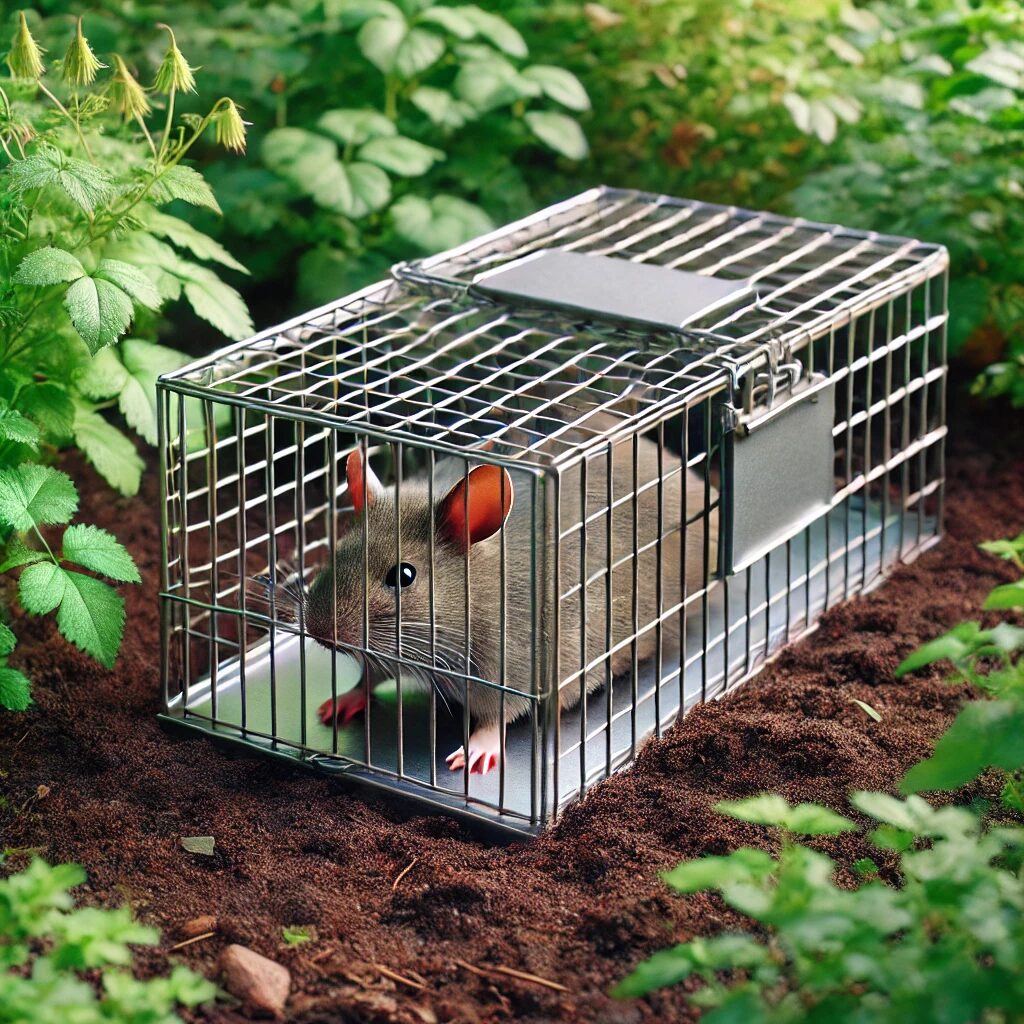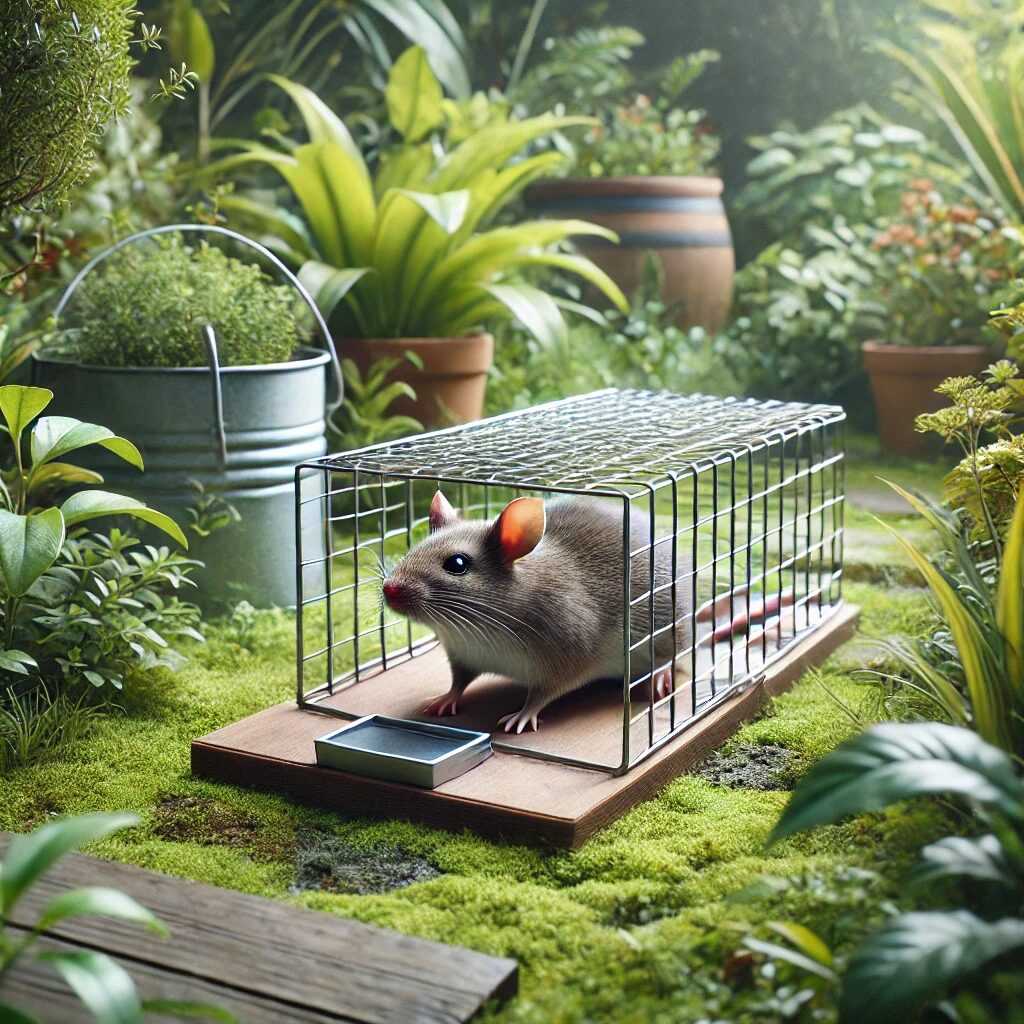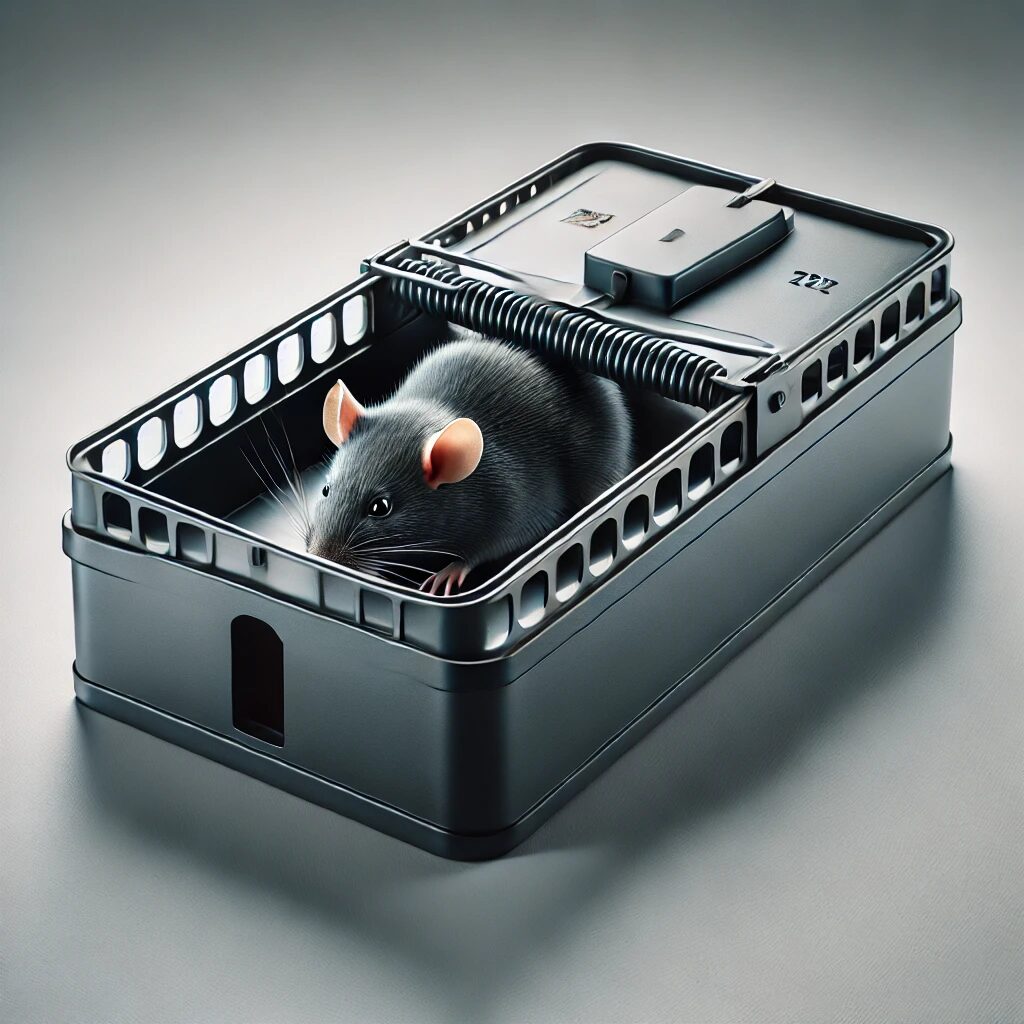
Picture this! You walk into your kitchen and find evidence of a tiny intruder like a mouse. You need a better rodent trap, such as a mouse trap or rat trap, which can significantly improve your pest control efforts to reclaim your space.
What guarantees a trap better?
When it comes to trapping rodents, not all traps are created equal. A better rodent trap not only ensures effective catch rates but is also easy to set up and safe for households with children and pets.
With various options on the market, from traditional snap traps to modern electric devices, finding the right one can be overwhelming.
In this guide, we’ll explore the key features that define a better rodent trap. We’ll discuss effectiveness, safety, ease of use, and durability, giving you the knowledge to choose the best option for your needs.
Key Features of a Better Rodent Trap
Dealing with rodent infestations can be both frustrating and time-consuming, especially if you’re using traps that are ineffective or difficult to manage.
To truly address the issue, a high-quality rodent trap should offer a combination of effectiveness, safety, ease of use, durability, and versatility.
Here’s a detailed look at what to consider when choosing the best trap for your needs.
1. Effectiveness in Catching Rodents
The primary purpose of any rodent trap is to catch and contain rodents effectively. An effective trap should have high catch rates, meaning it should be able to attract and capture rodents reliably. Snap traps remain a popular choice due to their quick action, which delivers an instant kill.
This method is generally considered more humane as it minimizes the suffering of the rodent and reduces the chance of any lingering mess.
For those who prefer a more modern approach, electric traps offer a quick, lethal shock that kills instantly, making them a humane choice as well.
When selecting a trap, it’s important to choose one specifically designed for the type of rodent you are dealing with. For example, if you are dealing with mice, a smaller, more sensitive trap may be needed. In contrast, larger rodents like rats require a more robust trap.
Some traps are even designed to catch multiple rodents, which is ideal for severe infestations as it reduces the need to constantly reset traps.
Furthermore, traps that use specific baits or scents to attract rodents can significantly improve capture rates. This targeting can reduce the amount of time it takes to clear an area of pests and increase the overall effectiveness of your pest control efforts.
2. Safety for Pets and Families
Safety is a crucial consideration, particularly if there are children or pets in your home. Traditional traps like snap traps can be dangerous, as they can cause injury to curious pets or children.
Thankfully, many modern traps are designed with safety in mind, often featuring protective housings or mechanisms that prevent accidental triggers.
Look for traps that are made from molded plastic or other non-toxic materials, which provide durability without compromising safety.
An ideal trap should also have features that prevent accidental exposure to the trapped rodent. For example, enclosed traps keep the rodent contained, minimizing direct contact and reducing the risk of exposure to diseases.
Also, traps that are mess-free make disposal simpler and safer. By choosing a trap that prioritizes safety, you can rest assured that your family and pets are protected while you manage your rodent issue.
3. Ease of Use and Setup
No one wants to spend hours trying to figure out how to set up a rodent trap, especially when dealing with an infestation. A good rodent trap should be easy to set, with mechanisms that are straightforward and intuitive.
Many traps offer a press or instant setup feature, allowing you to prepare the trap in seconds. This simplicity not only saves time but also makes the process less stressful.
Traps that are marketed as easy to set often come with user-friendly designs and clear instructions. Some manufacturers even provide instructional videos on platforms like YouTube to guide users through the setup and reset process.
This can be particularly useful for individuals who are setting up traps for the first time. With step-by-step guidance, even a novice can quickly get the trap ready and placed in an optimal location.
A trap that is easy to set and reset ensures that you can react swiftly to a rodent sighting, increasing your chances of quickly eliminating the problem.
4. Durability and Materials
Investing in a high-quality rodent trap is a wise decision, especially if you’re dealing with ongoing pest issues. Traps made from solid materials like heavy-duty plastic or metal tend to last longer and are more resistant to wear and tear than cheaper, flimsier options. These traps can withstand repeated use, making them more cost-effective over time.
Durable traps not only save you money in the long run but also ensure consistent performance. A well-made trap should be reusable and easy to clean, which makes it more convenient for repeated use.
This is especially important in areas with high rodent activity, where traps need to be reset frequently. Look for traps that require minimal maintenance, allowing you to quickly dispose of the rodent and reset the trap without hassle.
choosing a trap built to last, you’ll have a reliable tool that you can depend on season after season, providing long-term control of your rodent issues.

5. Versatility and Specificity
The best rodent traps are versatile enough to be used in various settings, both indoors and outdoors. Depending on where you have seen rodent activity, you may need a trap suitable for specific environments.
For example, traps designed for indoor use are often discreet and compact, making them ideal for use in areas like the kitchen or pantry. Outdoor traps, on the other hand, may need to withstand harsher conditions, making durability even more critical.
It’s also important to choose a trap that is designed specifically for the rodent you’re targeting. Mice, rats, and other rodents have different behaviors, and a trap optimized for one type might not be as effective for another.
Some traps are built with attractants tailored to specific rodents, increasing their effectiveness in capturing the intended target.
If you have a problem with multiple types of rodents, consider investing in traps that can handle various sizes or that offer interchangeable bait options.
More also, outdoor traps that can withstand the elements may be better suited for areas like the patio or garden, where rodents often seek shelter or food.
6. Environmental Impact and Humaneness
As consumers become more environmentally conscious, the impact of rodent traps on the ecosystem has become an important consideration.
Humane traps, such as no-kill or quick-kill options, are increasingly popular among those who wish to avoid unnecessary suffering. T
raps that allow you to catch and release rodents humanely are an excellent choice for those who prefer a non-lethal approach.
For lethal traps, options like electric traps, which deliver a quick, lethal shock, are considered more humane than traditional traps because they reduce the suffering of the rodent.
Furthermore, some traps are designed to be eco-friendly, with reusable components that reduce waste. By selecting traps that have a lower environmental impact, you contribute to more sustainable pest control practices.
For example, traps made from durable materials can be reused, reducing the need for disposable alternatives. Not only does this save money over time, but it also lessens the environmental footprint associated with rodent control.

7. Additional Features and Accessibility
Finally, consider any additional features that may enhance the usability or effectiveness of the trap. For instance, some traps come with visual indicators that show when a rodent has been caught, allowing for quick checks without the need to touch or disturb the trap.
This feature can be particularly useful in busy households, where checking traps frequently may not be convenient. Others may have automatic reset mechanisms, which make it easier to deal with multiple rodents without having to reset the trap manually.
Accessibility is another factor to consider, especially if you plan to use traps in hard-to-reach places. Traps that are easy to set up in tight spaces, such as behind appliances or in corners, can make a big difference in effectiveness.
Choosing a trap that is both easy to set and access will make managing a rodent problem less intrusive and more efficient.
Types of Rodent Traps to Consider
When selecting a rodent trap, it’s essential to understand the various types available and their specific applications:
- Snap Traps: These traditional traps deliver a quick kill and are simple to set up, making them effective for areas with frequent rodent activity, like gardens.
- Electric Traps: Battery-powered and considered humane, these traps deliver a lethal shock, making them a good choice for those who want an efficient, mess-free solution.
- Live Traps: Ideal for humane control, live traps allow for the capture and relocation of rodents. However, be mindful of local regulations regarding the release of wildlife.
- Glue Traps: While effective, glue traps are controversial due to their inhumane nature. They’re better suited for low-traffic areas where other traps may not work as well.
Ultimately, choose a trap based on your specific needs and the type of rodent involved, as each has its own pros and cons.
The Role of Technology in a Better Rodent Trap
As mentioned earlier, electric traps are becoming increasingly popular. They not only provide a quick and humane kill but also eliminate the mess that traditional traps can create.
With the advancement of technology, these traps are now more affordable and user-friendly than ever.
Electric traps often come with indicators to let you know when a rodent has been caught, making them an efficient choice. They can be used indoors or outdoors and are perfect for those who want a low-maintenance solution.

Video Demonstrations
If you’re still unsure about which trap to choose, take advantage of visual resources. Websites like YouTube offer numerous videos demonstrating how to set and use various traps, including rat traps and mouse traps, effectively.
Watching someone else handle the traps can give you confidence in your choice and show you the best placement strategies.
Tips for Using a Better Rodent Trap
Placement Strategies
Placement is crucial to maximize the effectiveness of your trap. Set traps in areas where you have noticed signs of rodent activity, such as droppings, gnaw marks, or burrows. Ideal spots include near walls, behind appliances, and in dark corners.
Also, consider the height at which you place your traps. Rats and mice tend to travel along walls, so placing traps perpendicular to the wall can increase your chances of success.
Baiting Techniques
Using the right bait is another smart and easier way of attracting rodents to your traps. Popular options include peanut butter, sunflower seeds, and even bits of fruit. Avoid using overly smelly or strong baits, as they may deter rodents instead of attracting them.
Make sure to place bait securely so that rodents have to work to get it, prompting them to engage with the trap. If you’re using live traps, check them regularly to ensure the captured rodents don’t suffer from stress or injury.
Maintenance and Cleaning
Once you’ve caught a rodent, proper maintenance of your trap is essential. Clean your traps after each use to avoid contamination and unpleasant odors. For snap and electric traps, follow the manufacturer’s instructions for cleaning.
For live traps, ensure they are thoroughly cleaned and sanitized between uses. This practice not only helps maintain hygiene but also ensures that future catches aren’t deterred by old smells.
Conclusion
Choosing a better rodent trap involves considering effectiveness, safety, ease of use, and durability. By focusing on these features, you can select a trap that meets your needs and provides peace of mind.
If you’re still unsure which trap to pick, check out resources like PestWorld for expert advice and recommendations. Also, consider looking at YouTube for videos that review and demonstrate different traps in action.
Armed with this information, you’re ready to tackle any rodent issue that comes your way. Choose wisely, and reclaim your space with confidence!
